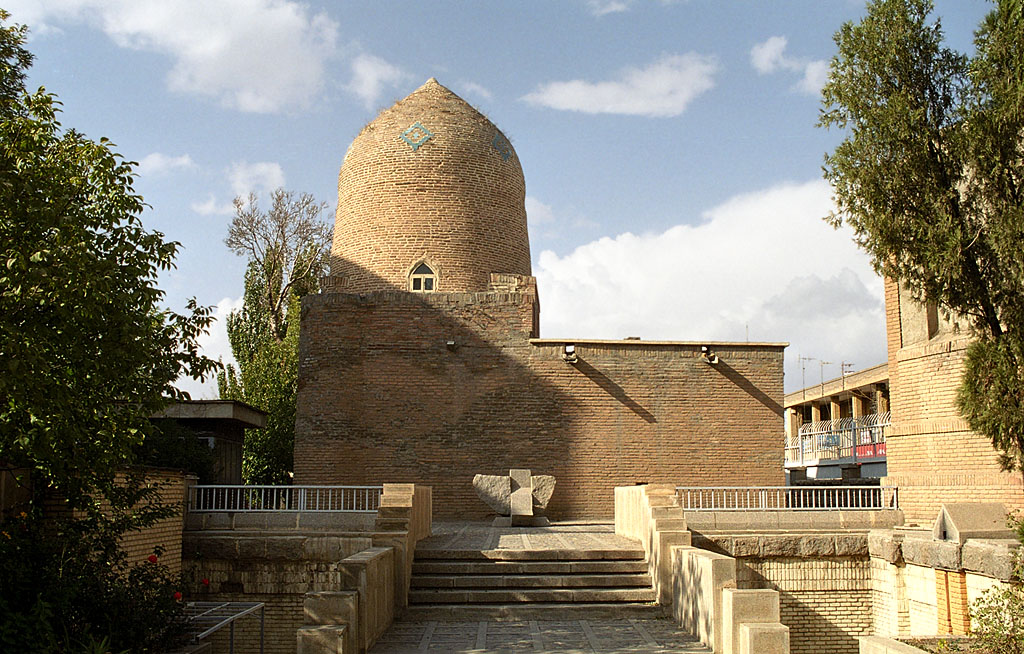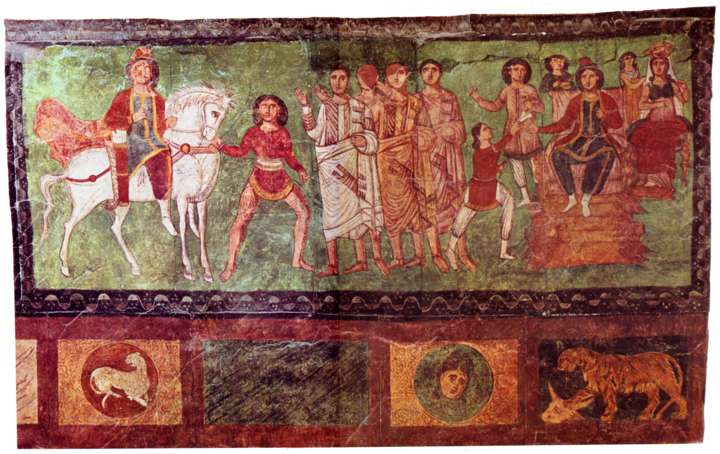Today is Purim – the holiday ostensibly commemorating the salvation of Persian Jews, following the intercession of the Queen of Persia, Esther, and her guardian, Mordechai.

It’s in the news right now because of Netanyahu’s inflammatory Congress speech drawing parallels between one version of Purim; and current Iranian government policy and the purported threat to Israel.
However, that’s only one understanding of Purim. I was fascinated to read, in the Israeli newspaper Haaretz, no less, that the Book of Esther (which is the official version of Purim) starts outs as an “orientalist fantasy”. In the Book of Esther’s middle part – “the part most people – and the Israeli prime minister – know best”, Mordechai (the only “real historical reference” in the book) “positions his niece Esther to become the queen [of Persia] in order to influence the hapless king to override Haman’s genocidal intent”. But if you read to the end, the revenge tragedy is NOT by Persians against innocent Jews, but BY JEWS against innocent Persians.
Haaretz concludes that Netanyahu’s “comprehension of scriptures is about as slanted as his apprehension of nuclear strategy and international relations”.

According to Bodazey.com, the “Jewish community of Talmudic Babylonia was not the only one that knew intimately of contemporary Iranian power and considered the Purim story in that light. A well-preserved third century CE synagogue in Dura Europos contains 14 frescos depicting biblical scenes… including the Purim Triumph”, as shown here. This includes two scenes from the Book of Esther: on the left, “Mordecai is shown garbed in royal Persian raiment and led on a horse by Haman, who is dressed as a lowly, Iranian stable boy. This image is apparently a midrashic embellishment of Esther 6:11. In the middle of the panel, there is a group of four men dressed in Greco-Roman garb apparently making a hand gesture signifying approval. And on the right, a young messenger presents a missive to King Ahasuerus with Esther and some attendants close by… the letter is probably a report of the number of attackers killed by the Jews” as sent to the royal court (Esther 9:11).
This is not the end of the Dura Europa story. The Purim fresco contains a brief Persian inscription marking an unexplained visit by two appreciative Sasanian officials to the fresco: “It is tantalizing to imagine how the Persian dignitaries were drawn to this vivid depiction of an Achamenid ruler, and how synagogue officials would have had to scramble to provide a positive spin on the scene”. Then within a year, the “Sasanian army overtook Dura. The settlement lay virtually untouched until it was rediscovered by archeologists” in 1932.
Click here to see a video tour of the Iranian tomb of Esther and Mordechai in Hamadan.